No products in the cart.
Eco-Friendly Skincare Packaging Boosts Brand Image
-
By: Caroline Ray
-
January 24, 2025
Can eco-friendly skincare packaging truly elevate a brand’s image while benefiting the planet? As businesses strive for sustainable practices, integrating biodegradable and recyclable materials in packaging has emerged as a pivotal approach. Not only does this alignment with consumer preferences for reduced environmental impact, but it also establishes a compelling narrative for brand authenticity and ethical responsibility. Discover how these eco-conscious strategies not only cater to conscious consumers but also propel brands into a stronger market position, capturing hearts and increasing loyalty. Dive into the transformative potential of sustainable packaging solutions and their critical role in environmental stewardship.
 Authentic sustainable practices in packaging are crucial for avoiding the pitfalls of greenwashing, where superficial eco-friendly claims are made without substantive actions. This deceptive practice can backfire, damaging a brand’s reputation and consumer trust. By genuinely incorporating sustainable packaging strategies, brands demonstrate their commitment to environmental responsibility, aligning with the growing consumer demand for transparency and ethical practices.
Authentic sustainable practices in packaging are crucial for avoiding the pitfalls of greenwashing, where superficial eco-friendly claims are made without substantive actions. This deceptive practice can backfire, damaging a brand’s reputation and consumer trust. By genuinely incorporating sustainable packaging strategies, brands demonstrate their commitment to environmental responsibility, aligning with the growing consumer demand for transparency and ethical practices.
Strategic planning is essential for maintaining cost-effectiveness while reducing the carbon footprint of packaging. Brands should focus on sourcing materials that balance cost with environmental impact, such as recycled paperboard or biodegradable polymers. Collaborating with suppliers who specialize in sustainable packaging solutions can also help optimize costs. Implementing a lifecycle approach, where packaging is designed for recyclability and minimal waste, further enhances cost savings. By integrating eco-friendly practices into the entire supply chain, brands can achieve a sustainable packaging solution that aligns with both financial and environmental goals.
 The interest in sustainable beauty products is increasing, as more consumers prioritize eco-friendly options in their purchasing decisions. This shift reflects a growing awareness of environmental issues and a desire to reduce personal impact. Eco-conscious consumers are actively seeking brands that align with their values, driving demand for skincare products with minimal environmental footprints. This consumer preference is encouraging brands to adopt sustainable packaging solutions that not only appeal to this market segment but also enhance their overall brand image.
The interest in sustainable beauty products is increasing, as more consumers prioritize eco-friendly options in their purchasing decisions. This shift reflects a growing awareness of environmental issues and a desire to reduce personal impact. Eco-conscious consumers are actively seeking brands that align with their values, driving demand for skincare products with minimal environmental footprints. This consumer preference is encouraging brands to adopt sustainable packaging solutions that not only appeal to this market segment but also enhance their overall brand image.
 Strategic planning is crucial for brands aiming to transition to eco-friendly skincare packaging. What is an essential first step in this transition? Partnering with reliable suppliers who specialize in sustainable solutions is key. Aigo Print Shop, for example, offers expertise in sourcing materials that align with environmental goals. These partnerships can ensure that brands have access to the latest innovations in sustainable materials and technologies. Investing in research and technology is also vital, as it allows brands to develop packaging that meets both aesthetic and functional criteria without compromising sustainability. Incorporating a lifecycle approach, which considers packaging from production through disposal, helps brands reduce their overall environmental impact while maintaining product integrity and appeal.
Strategic planning is crucial for brands aiming to transition to eco-friendly skincare packaging. What is an essential first step in this transition? Partnering with reliable suppliers who specialize in sustainable solutions is key. Aigo Print Shop, for example, offers expertise in sourcing materials that align with environmental goals. These partnerships can ensure that brands have access to the latest innovations in sustainable materials and technologies. Investing in research and technology is also vital, as it allows brands to develop packaging that meets both aesthetic and functional criteria without compromising sustainability. Incorporating a lifecycle approach, which considers packaging from production through disposal, helps brands reduce their overall environmental impact while maintaining product integrity and appeal.
The Environmental Benefits of Eco-Friendly Skincare Packaging
Adopting eco-friendly skincare packaging significantly lowers environmental impact by integrating biodegradable and recyclable materials into product designs. Traditional plastic packaging poses a severe threat due to its lengthy decomposition period—ranging from 20 to 500 years—resulting in prolonged ecological harm. By choosing materials that degrade more rapidly and can be recycled, brands not only help reduce landfill waste but also minimize their carbon footprint. This shift towards sustainable packaging supports the broader goals of environmental impact reduction, reinforcing a brand’s commitment to sustainability.- Reduced Carbon Emissions: Using sustainable materials often requires less energy in production, cutting down greenhouse gas emissions.
- Decreased Waste: Biodegradable and recyclable materials help lower the volume of waste sent to landfills.
- Less Resource Consumption: Eco-friendly materials often require fewer resources to produce, conserving natural resources.
- Promotes Circular Economy: Encourages the reuse and recycling of materials, extending the lifecycle of packaging products.
- Improved Environmental Footprint: Overall reduction in pollution and environmental damage associated with packaging production and disposal.
Enhancing Brand Reputation with Sustainable Packaging
 Authentic sustainable practices in packaging are crucial for avoiding the pitfalls of greenwashing, where superficial eco-friendly claims are made without substantive actions. This deceptive practice can backfire, damaging a brand’s reputation and consumer trust. By genuinely incorporating sustainable packaging strategies, brands demonstrate their commitment to environmental responsibility, aligning with the growing consumer demand for transparency and ethical practices.
Authentic sustainable practices in packaging are crucial for avoiding the pitfalls of greenwashing, where superficial eco-friendly claims are made without substantive actions. This deceptive practice can backfire, damaging a brand’s reputation and consumer trust. By genuinely incorporating sustainable packaging strategies, brands demonstrate their commitment to environmental responsibility, aligning with the growing consumer demand for transparency and ethical practices.
- Increased consumer trust due to transparency in sustainable efforts.
- Enhanced brand loyalty by aligning with consumer values on sustainability.
- Potential for premium pricing by offering eco-conscious products.
- Differentiation from competitors through a unique sustainable brand image. Ethical consumerism is a significant driver of demand for eco-friendly skincare packaging. Consumers today are more informed and conscientious about their purchasing decisions, seeking brands that reflect their values. Brands that adopt sustainable packaging not only meet these consumer expectations but also strengthen their market position. By integrating eco-friendly practices, brands can appeal to this ethically-minded audience, boosting their image and fostering long-term consumer relationships.
Cost-Effectiveness of Eco-Friendly Packaging Solutions
When transitioning to eco-friendly packaging, brands must consider both initial costs and the potential for long-term savings. The upfront investment in sustainable materials and technologies can be higher compared to conventional options. However, these costs are often offset by the benefits of improved brand perception and the opportunity for premium pricing, as consumers increasingly value environmentally responsible products. Sustainable packaging can also lead to operational efficiencies, such as reductions in packaging waste and shipping costs due to optimized designs. These factors collectively contribute to a favorable return on investment over time, making eco-friendly packaging a financially viable choice for brands committed to sustainability.| Cost Consideration | Benefit |
| Initial Material Costs | Premium pricing potential due to brand differentiation |
| Investment in Technology | Operational efficiencies and waste reduction |
| Packaging Design Optimization | Reduced shipping costs and improved logistics |
Consumer Trends in Sustainable Skincare Packaging
 The interest in sustainable beauty products is increasing, as more consumers prioritize eco-friendly options in their purchasing decisions. This shift reflects a growing awareness of environmental issues and a desire to reduce personal impact. Eco-conscious consumers are actively seeking brands that align with their values, driving demand for skincare products with minimal environmental footprints. This consumer preference is encouraging brands to adopt sustainable packaging solutions that not only appeal to this market segment but also enhance their overall brand image.
The interest in sustainable beauty products is increasing, as more consumers prioritize eco-friendly options in their purchasing decisions. This shift reflects a growing awareness of environmental issues and a desire to reduce personal impact. Eco-conscious consumers are actively seeking brands that align with their values, driving demand for skincare products with minimal environmental footprints. This consumer preference is encouraging brands to adopt sustainable packaging solutions that not only appeal to this market segment but also enhance their overall brand image.
- Minimalist Packaging: Consumers favor simple, uncluttered designs that reduce waste and resource use.
- Refillable Systems: There is a strong interest in packaging that can be reused, reducing the need for single-use containers.
- Biodegradable Materials: Demand is high for packaging made from materials that decompose quickly without harming the environment.
- Transparency in Sustainability: Consumers expect brands to be transparent about their sustainable practices and material sourcing.
- Digital Engagement: Integration of digital tools like QR codes to provide information without additional printed materials. Balancing sustainability with product appeal poses ongoing challenges for brands. While consumers demand eco-friendly packaging, they also expect high-quality, visually appealing products. Brands must innovate to maintain the integrity and attractiveness of their packaging while minimizing its environmental impact. This requires a strategic approach to design and material selection, ensuring that sustainability does not come at the expense of consumer satisfaction or brand identity.
Case Studies: Successful Implementation of Green Packaging
Examining case studies of brands that have successfully implemented green packaging offers valuable insights into the practical applications of sustainable packaging innovations. These examples demonstrate how strategic use of eco-friendly materials and designs can significantly boost brand image and market position. By adopting recyclable materials and creating innovative, luxury-aligned packaging solutions, these brands meet consumer demands for sustainability without sacrificing aesthetic appeal.Brand Examples
Tata Harper Skincare How has Tata Harper Skincare successfully implemented sustainable packaging? The brand has embraced a comprehensive sustainability strategy by using 100% recyclable glass for most of its product packaging. This choice not only reduces the brand’s reliance on plastic but also enhances its luxury image, as glass is often perceived as a premium material. Tata Harper’s commitment extends to using soy-based inks and recycled paper for packaging labels, ensuring that every component aligns with their eco-friendly ethos. These efforts have strengthened their brand image, appealing to eco-conscious consumers and increasing customer loyalty. Lush Cosmetics What makes Lush Cosmetics a leader in sustainable packaging innovation? Lush has pioneered package-free products, significantly reducing waste by offering solid shampoo bars and other naked products. For items that do require packaging, Lush uses 100% post-consumer recycled plastics, ensuring minimal environmental impact. Their commitment to sustainability is further highlighted by their black pot program, where customers can return empty containers for recycling in exchange for product discounts. This closed-loop system not only reduces waste but also fosters strong consumer engagement and brand loyalty by rewarding sustainable consumer behavior. Successful implementation of green packaging provides brands with tangible benefits, including enhanced market share and increased consumer loyalty. By aligning their packaging strategies with sustainable practices, brands can differentiate themselves in a competitive market and appeal to environmentally conscious consumers. These case studies illustrate how leveraging sustainable innovations can transform packaging from a functional necessity into a strategic asset that supports both environmental goals and brand growth.Actionable Insights for Transitioning to Eco-Friendly Packaging
 Strategic planning is crucial for brands aiming to transition to eco-friendly skincare packaging. What is an essential first step in this transition? Partnering with reliable suppliers who specialize in sustainable solutions is key. Aigo Print Shop, for example, offers expertise in sourcing materials that align with environmental goals. These partnerships can ensure that brands have access to the latest innovations in sustainable materials and technologies. Investing in research and technology is also vital, as it allows brands to develop packaging that meets both aesthetic and functional criteria without compromising sustainability. Incorporating a lifecycle approach, which considers packaging from production through disposal, helps brands reduce their overall environmental impact while maintaining product integrity and appeal.
Strategic planning is crucial for brands aiming to transition to eco-friendly skincare packaging. What is an essential first step in this transition? Partnering with reliable suppliers who specialize in sustainable solutions is key. Aigo Print Shop, for example, offers expertise in sourcing materials that align with environmental goals. These partnerships can ensure that brands have access to the latest innovations in sustainable materials and technologies. Investing in research and technology is also vital, as it allows brands to develop packaging that meets both aesthetic and functional criteria without compromising sustainability. Incorporating a lifecycle approach, which considers packaging from production through disposal, helps brands reduce their overall environmental impact while maintaining product integrity and appeal.
- Partner with Sustainable Suppliers: Collaborate with providers like Aigo Print Shop to access environmentally friendly materials and innovative solutions.
- Invest in Research and Technology: Allocate resources to develop sustainable packaging that meets both aesthetic and functional needs.
- Implement a Lifecycle Approach: Design packaging with recyclability and minimal waste in mind, considering its entire lifecycle.
- Engage in Refilling or Recycling Programs: Encourage consumer participation in sustainability efforts through refillable packaging or recycling initiatives.
- Educate Consumers: Use marketing to inform consumers about the environmental benefits of your packaging, fostering a sense of shared responsibility. Green marketing strategies are integral to successful implementation, focusing on educating consumers about the benefits and environmental impact of eco-friendly packaging. Consumer education creates a shared sense of responsibility, inviting them to participate in sustainability efforts. Brands should highlight their commitment to environmental goals through transparent communication, reinforcing their image as responsible entities. This approach not only enhances consumer trust but also supports long-term brand loyalty. By aligning marketing messages with sustainable practices, brands can effectively engage eco-conscious consumers, strengthening their market position while contributing positively to the planet.
Final Words
Embracing eco-friendly skincare packaging is a significant step toward aligning with consumer preferences and reducing environmental impact. By using biodegradable and recyclable materials, brands can position themselves as environmentally responsible, leading to enhanced reputation and consumer trust. While the transition involves strategic planning and potential upfront costs, the long-term benefits like cost savings and premium pricing make it a worthwhile investment. Successful case studies demonstrate the market advantages of sustainable packaging, reinforcing its benefits. Eco-friendly skincare packaging not only supports brand growth but also contributes positively to environmental preservation.FAQ
What are the benefits of using eco-friendly skincare packaging?
Eco-friendly skincare packaging offers reduced environmental impact through biodegradable and recyclable materials. These materials help decrease carbon emissions and waste, aligning with consumer preferences for sustainability and enhancing brand reputation.How does bamboo packaging contribute to sustainability?
Bamboo packaging is sustainable due to its rapid growth rate, renewability, and biodegradability. It serves as an eco-friendly alternative to plastic, minimizing long-term environmental damage and supporting greenhouse gas reduction efforts.Why should brands consider wholesale bamboo cosmetic containers?
Wholesale bamboo cosmetic containers can enhance brand image by showing a commitment to sustainability, often at a lower cost. Buying in bulk reduces expenses and supports eco-friendly practices, attracting eco-conscious consumers.How can embracing sustainable packaging improve brand reputation?
Sustainable packaging can improve brand reputation by boosting consumer trust, reducing greenwashing risks, and meeting demands for ethical practices. It supports premium pricing potential and showcases a genuine commitment to environmental protection.What are the cost-effectiveness aspects of eco-friendly packaging solutions?
Eco-friendly packaging solutions can offer long-term savings and potential premium pricing through differentiation. Strategic planning helps balance upfront investments with financial gains while reducing the carbon footprint.What consumer trends drive the demand for sustainable skincare packaging?
Consumer trends driving sustainable skincare packaging include minimal packaging preference, refillable systems interest, and eco-conscious consumerism. These trends reflect an increasing demand for products with reduced environmental impact and sustainable practices.Can you provide examples of successful brands using green packaging?
Successful brands use recyclable materials and innovative designs to enhance market position. They incorporate eco-friendly packaging to balance luxury and sustainability, leading to increased market share and consumer loyalty.What actionable insights can help brands transition to eco-friendly packaging?
Brands can transition to eco-friendly packaging by partnering with sustainable suppliers, investing in advanced technology, and engaging in refill or recycle programs. Strategic planning and consumer education are key parts of this transition process.
Caroline Ray
Hello, I’m Caroline Ray, a custom packaging consultant and designer. With a professional journey spanning over eight years, I’ve evolved from a budding designer to a recognized expert in the field. Currently holding the position of Packaging Consultant, I’ve honed my skills in creating not just visually stunning packaging but also solutions that align with strategic business goals for custom pacakging.
Tag
Categories
List Posts
February 26, 2025
Smart Packaging for Smart Devices: Design Innovations
February 26, 2025
Functional Packaging: Protecting and Showcasing Tech Accessories
February 18, 2025
Unboxing Joy: Creative Packaging Ideas That Delight
February 17, 2025

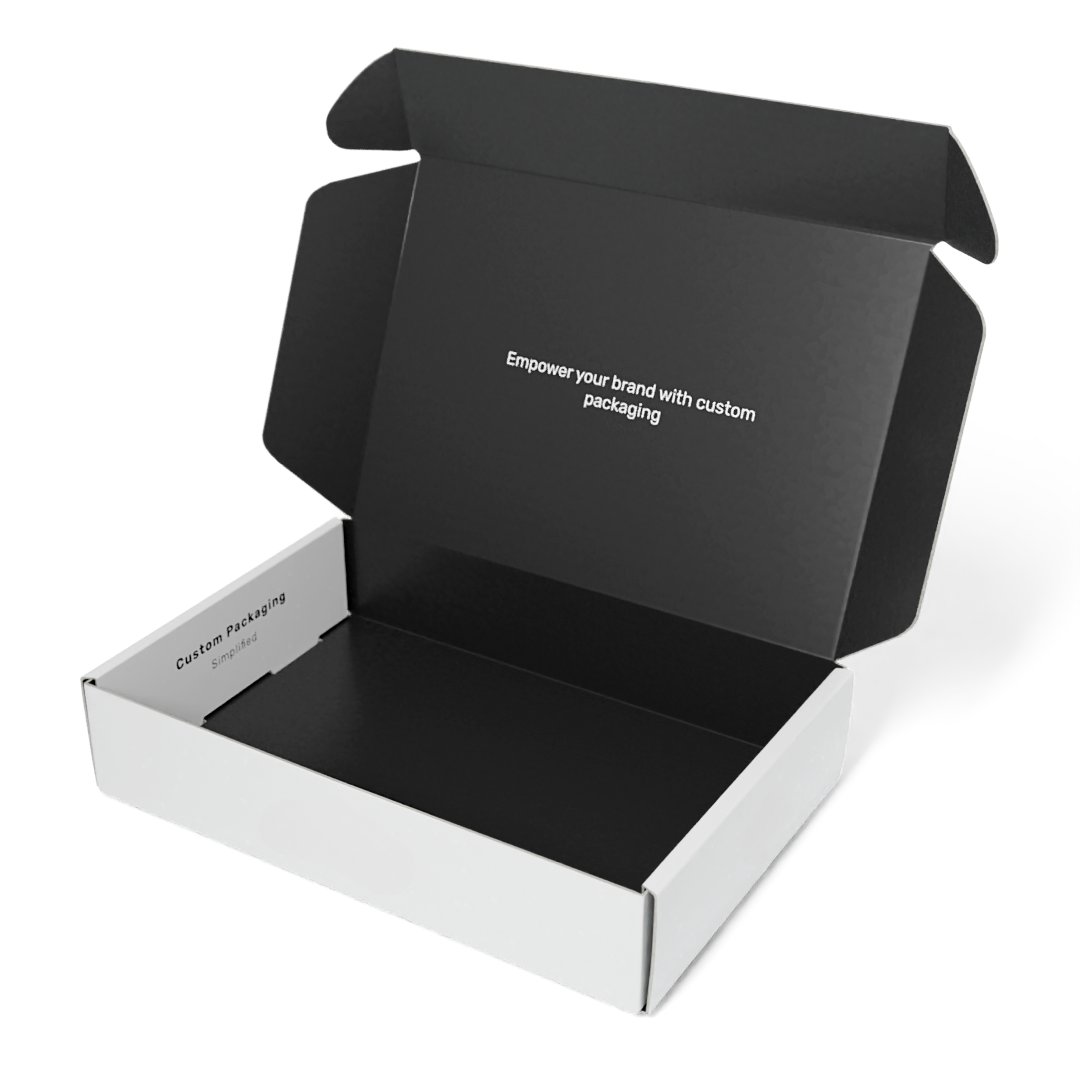
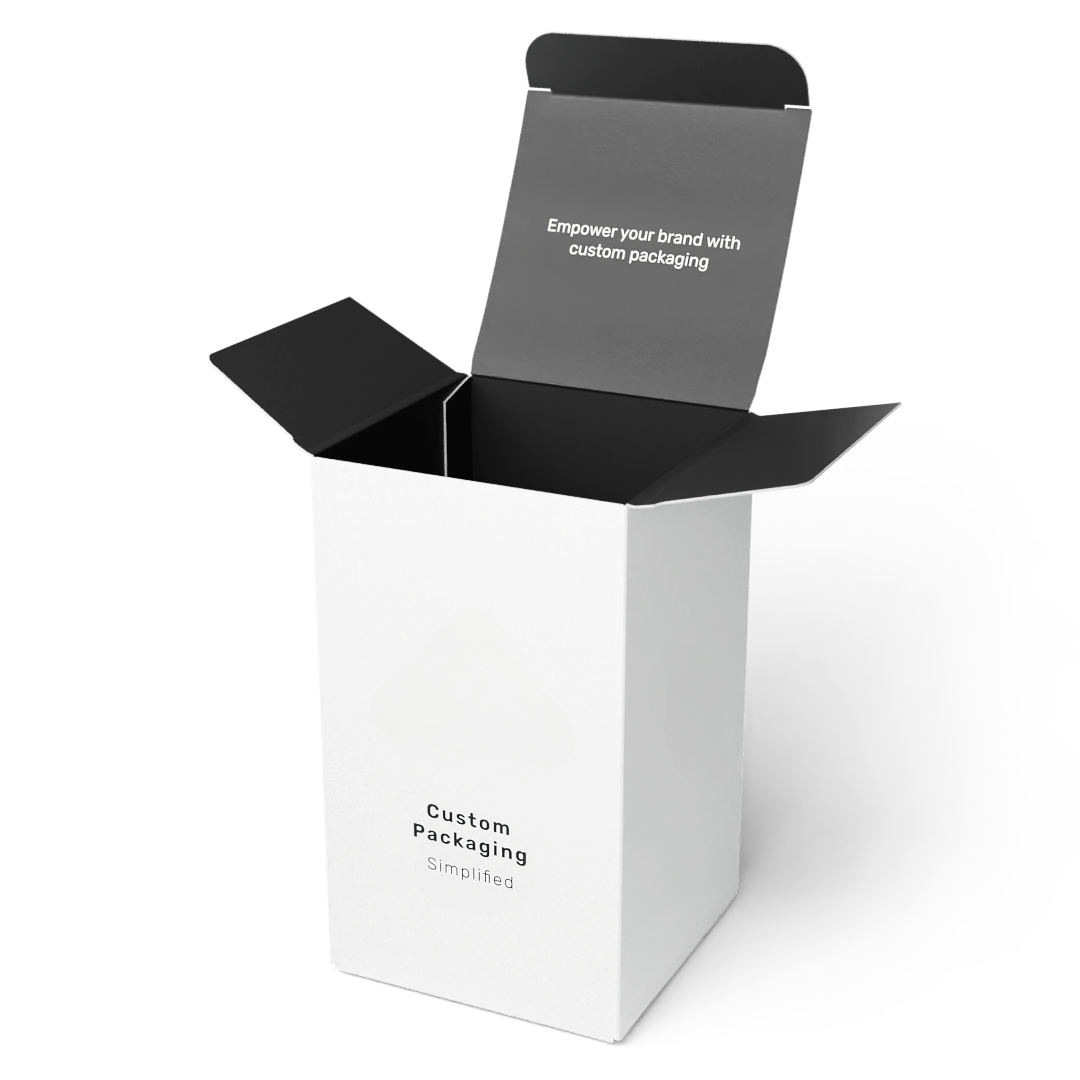
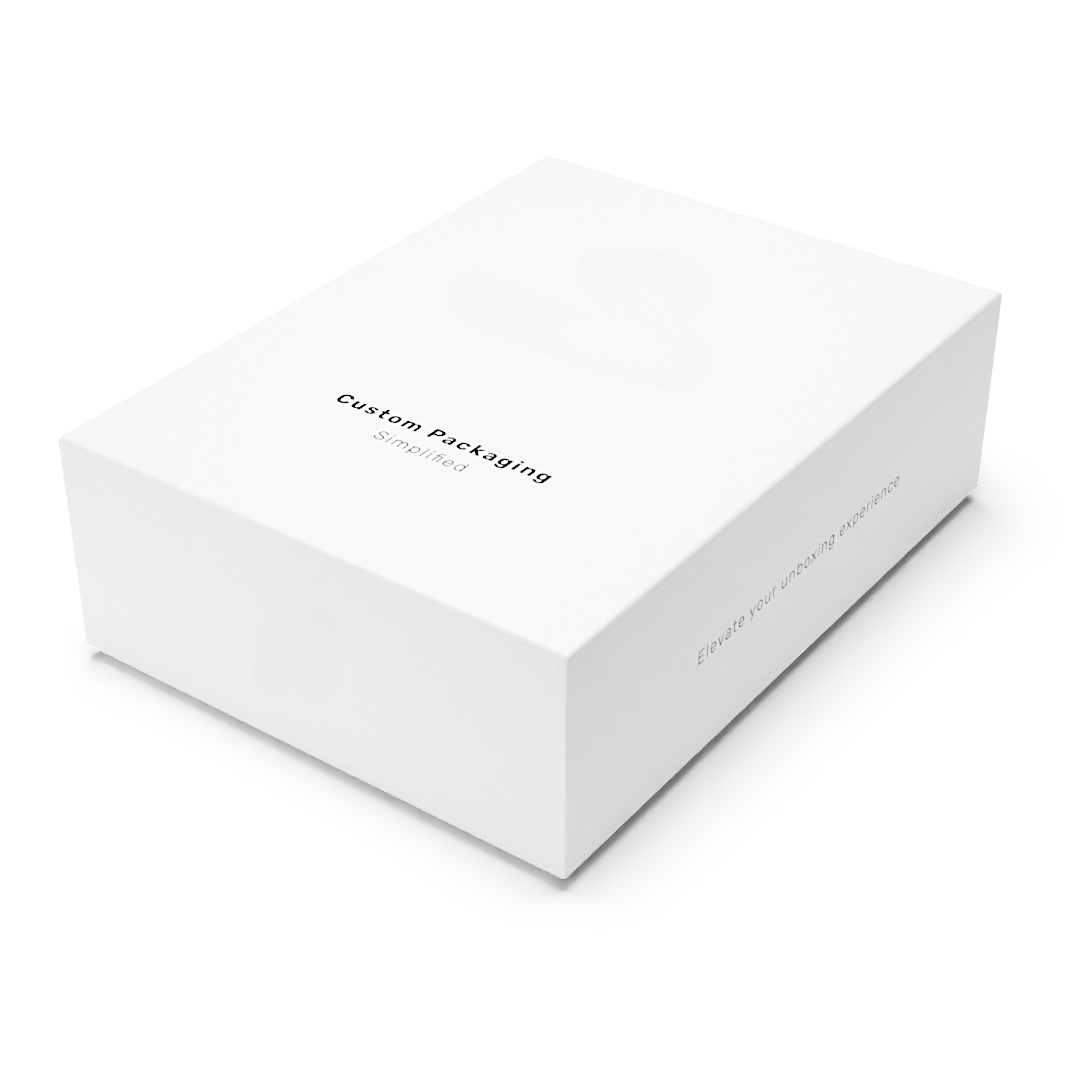
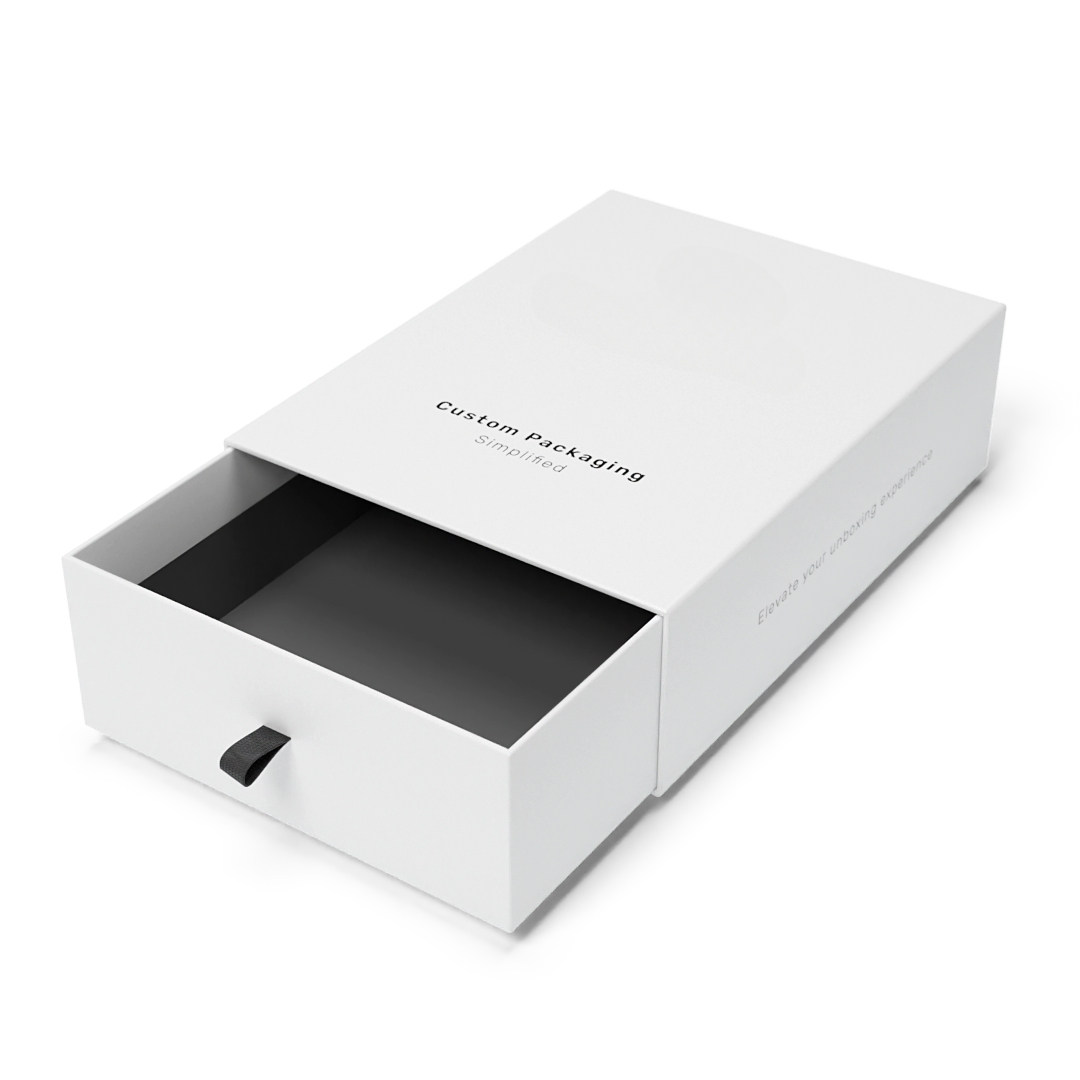
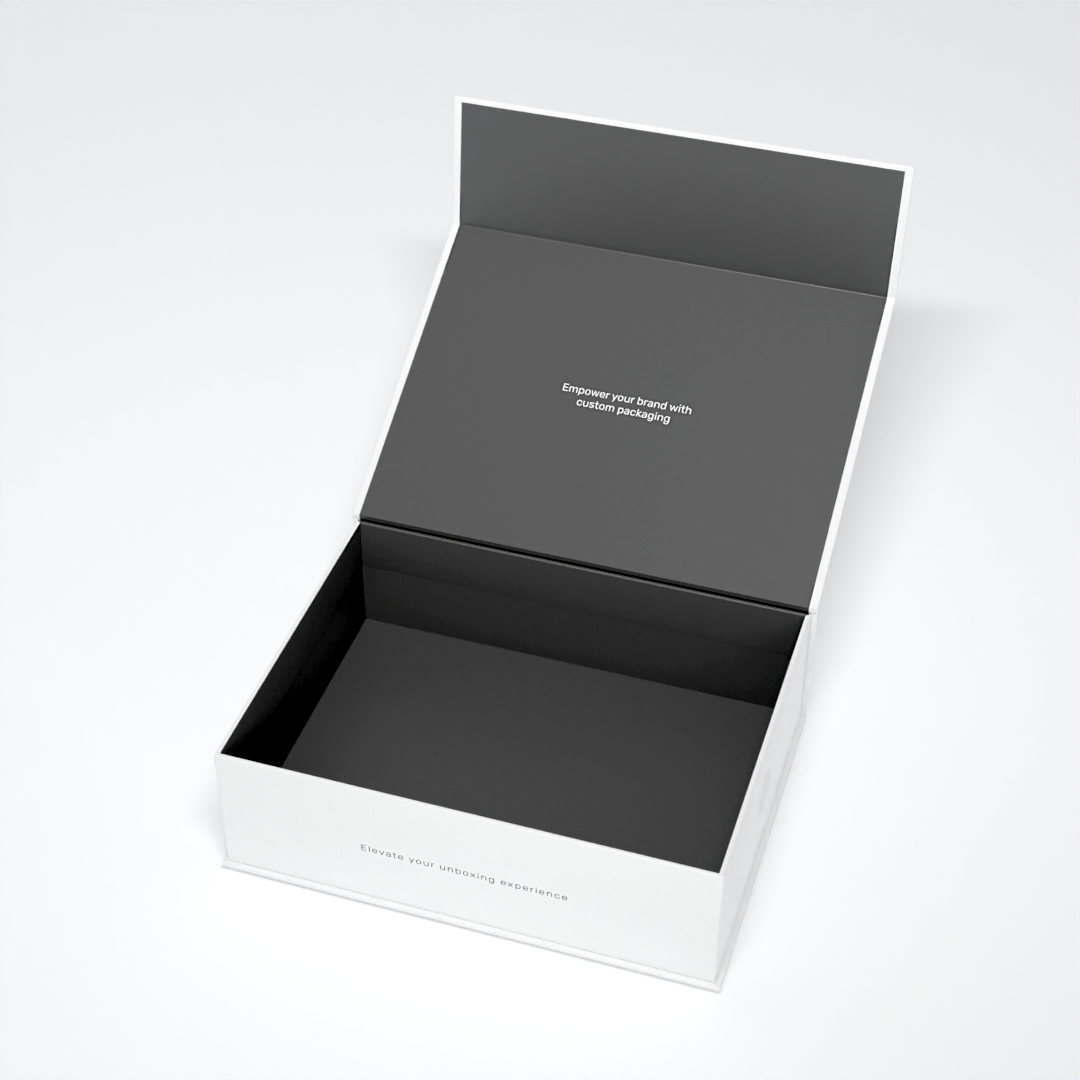



Leave a comment